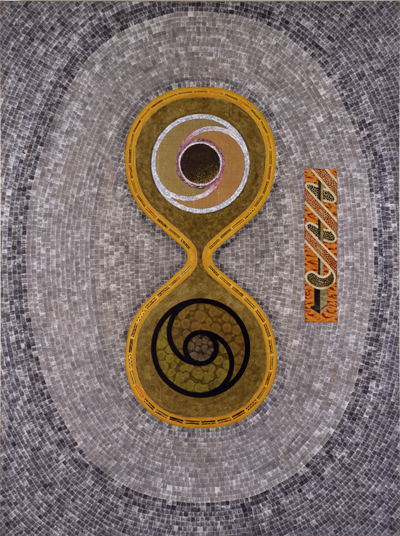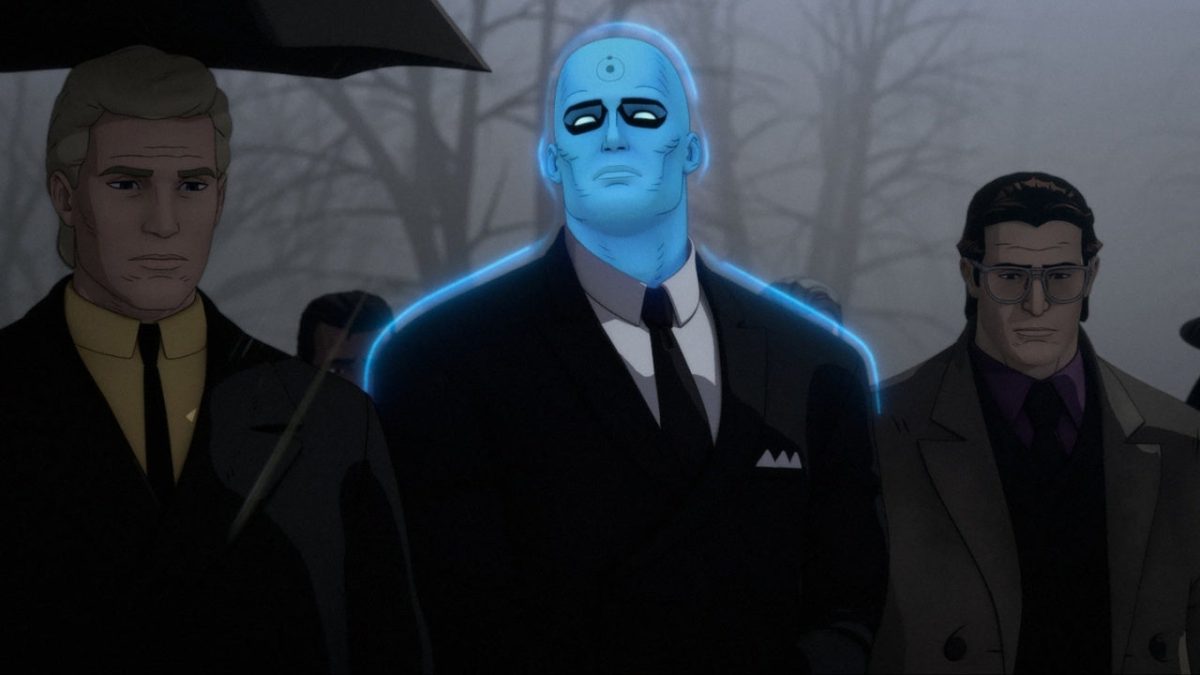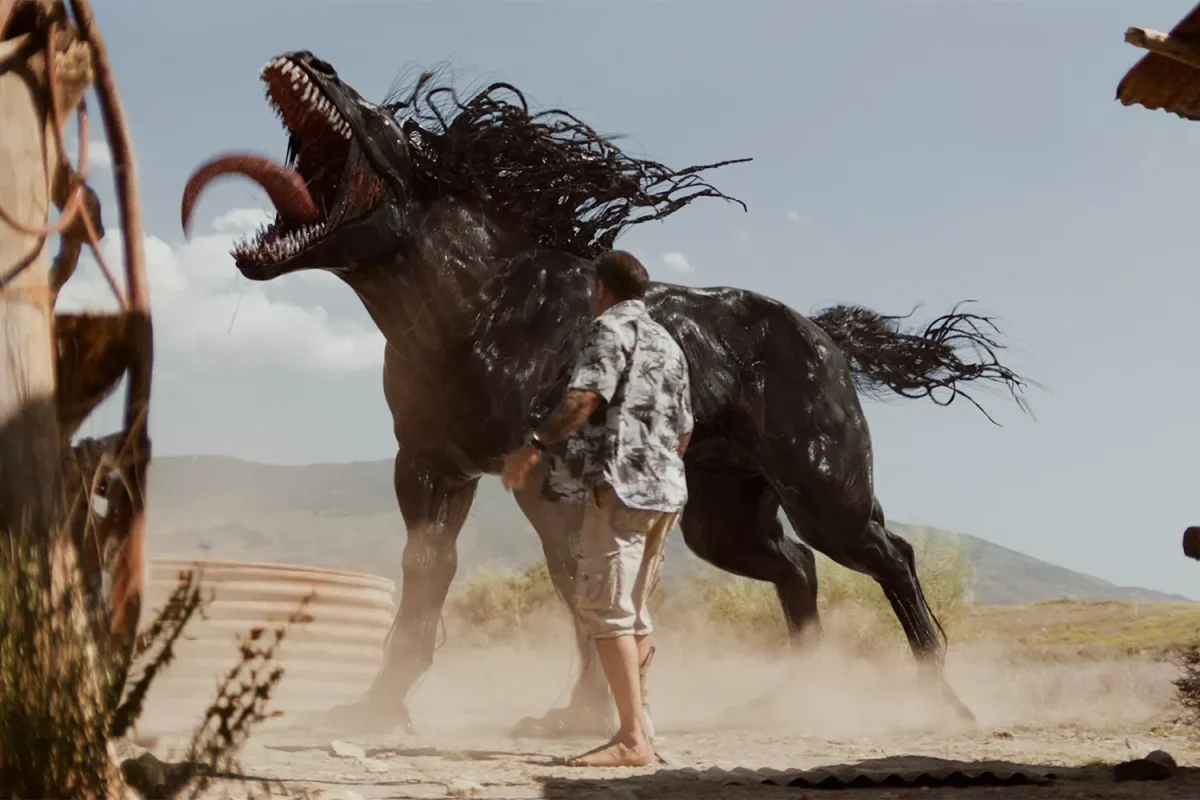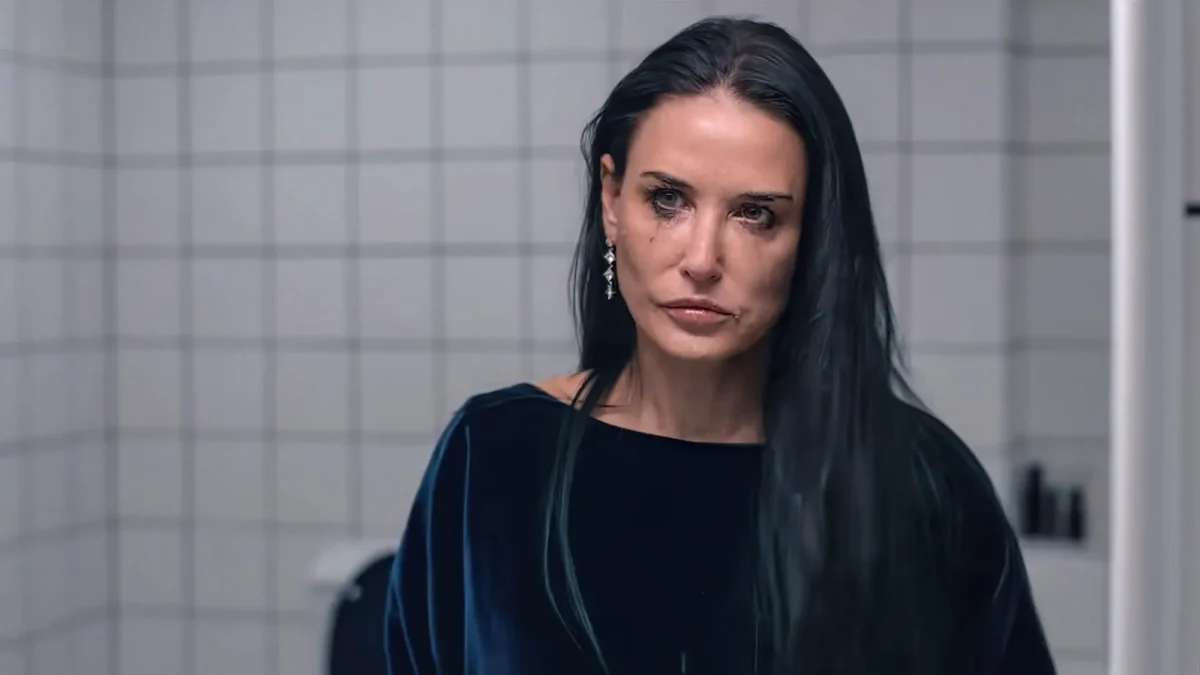Nestled right behind the frequently visited Subway and POD market is one of the hidden gems of campus, the Museum of Contemporary Religious Art. Containing an immensely broad spectrum of art, this cozy museum has something for anyone and everyone to appreciate. Currently until April 2, MOCRA is featuring Bernard Maisner: The Hourglass and the Spiral, an exhibit that is definitely a treat but definitely not the only thing worth seeing.
Initial expectations of the museum were to be overwhelmed by straightforward expressions of specific religions.
However, there was far more symbolism to admire. For example, when you walk into the main gallery, the first painting you notice when you stare straight ahead is Maisner’s Jonah Inside the Whale.
The most beautiful thing is that you cannot tell that’s what it is at first glance. It definitely draws your attention, and you find yourself walking towards it, curious at what you’re looking at. You read the description, and find that you cannot leave the painting. You stare at the painting for a few more minutes.
Then all of a sudden, you see it. All of a sudden, the art makes you feel as though you are Jonah lost inside a whale. Maisner’s work deserves praise, as every time I found myself staring at a painting longer than usual, it was always one of his works. Not all of his work is centered on specific religious stories; one of his paintings is a depiction of time.
He compares time to a river by subtly adding elements of calligraphy to his painting. Maisner is a master of combining different mediums of art to express the mysterious abstract ideas of the world.
Outside of the Maisner’s exhibit, there are almost a dozen pieces. The one that stands out the most lies behind Jonah Inside the Whale. Michael Tracy created a set of three maroon acrylic pieces that are so large you have to look up to fully appreciate it.
He combines different materials such as glass, pottery, and wood to create a mixed media piece that expresses the Christian idea of the different stages of Jesus’ suffering.
While getting lost in these numerous deeply symbolic pieces is likely, be sure not to miss the stairs leading up to the balcony gallery. Although there are only two pieces that sit there, they are both extremely unique sculptures comparing elements of life to a cage.
Be sure to walk down the balcony past the first large sculpture, or else you may miss the smaller second sculpture that has a personal light designed to induce specific shadows that play an integral part in the piece.
It is clear that all the art in MOCRA brings out a great deal of thought and reflection. There’s something special in this humble museum, so quiet that a whisper feels loud.
What sets this museum apart is that the walls enclose an atmosphere of comfort. Although the paintings express different religious ideas, there is a sense of unity felt.
A majority of the art is an incorporation of different art mediums and methods in one piece. Stepping back, you realize the museum as a whole delivers a message. We live in a world where our mind associates the idea of religion to division, fear, and trouble.
MOCRA urges us to see religion in a new light, setting the art as an example. Artists like Maisner and Tracy show us that different art material are meant to interact with each other; the combinations create a greater harmony than when used alone. Different faiths and religions of a community are like that too; they can create a masterpiece together.








Abigail Nieters • Apr 25, 2017 at 4:05 pm
Amazing exhibit!! I was taken away! Thank you so much for bringing this level of beauty to MOCRA